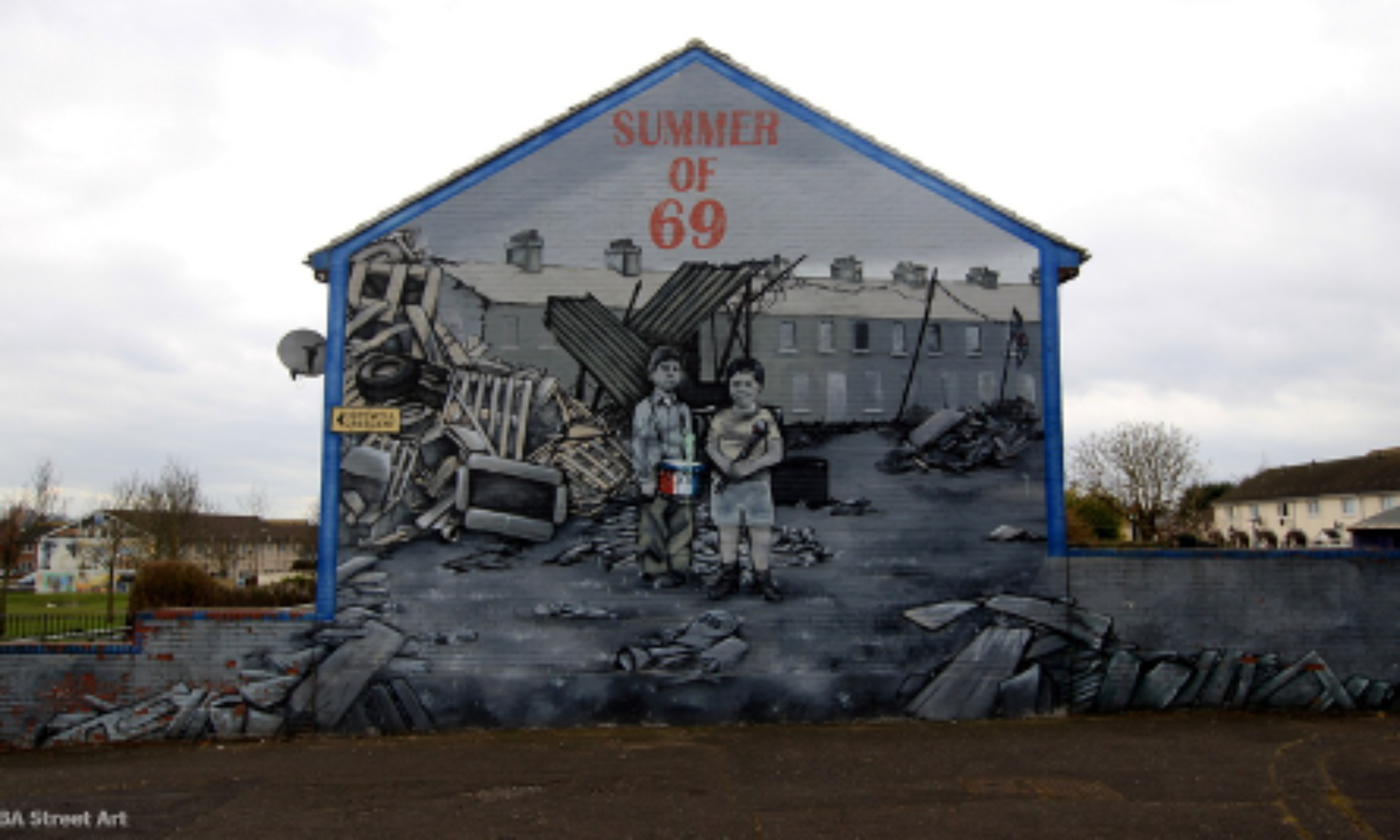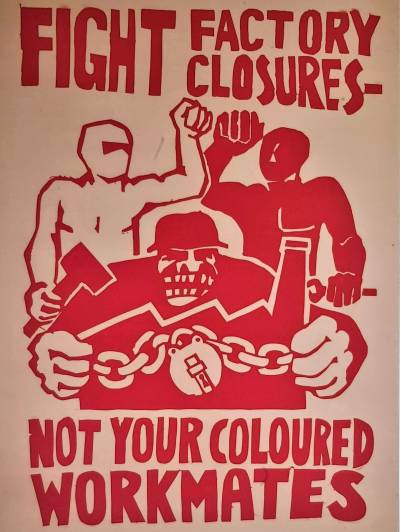Of the many parallels that can be made between ‘68 and the present day, none might be as obvious, or rather, as concerning, as the escalation of violence. It is hard to ignore the fact that the ‘68ers had plenty to be upset with. Injustice was found throughout their world, just as it is today. Protests called for political action as emotions swelled and frustration grew. It seems only natural that violence followed. But as the line between politics and violence began to blur, the coherent message of ‘68ers started to fall apart. Those who vilified the unnecessary violence carried out by governments began to cause violence themselves; those who denounced the Nazis began to become anti-Semites themselves. While this hypocrisy wasn’t uniform, the combination of intense frustration and romanticizing of the “outlaw” figure in popular culture began to sway some to abandon their just principles. Due to this, I worry about what will happen in our current times.
Last week a black man shot in the back seven times by police in Kenosha, Wisconsin. Coupled with the unrest already present in the wake of George Floyd, there is plenty to be angry about. Nothing seems to change. Indeed, we see today the same kind of rioting motivated by lack of political change that was present in ’68. But I am left worried about how this violence will evolve. We’ve seen the type of damage caused by rioting escalate, and frankly, knowing the progression of ’68, I am worried it will escalate further. The parallels are there, from growing frustrations to the reemergence of the outlaw. Yet another black man being killed by police makes people increasingly infuriated with a system that not only doesn’t listen to them, but actively oppresses them. Likewise, today’s outlaw can conceal their identity with a mask with no suspicion, emboldening people to instigate violence for fun in an otherwise peaceful protest with no repercussions.
While the growing violence is in and of itself extremely undesirable in my opinion, the even more dangerous issue is the potential harm to today’s political message. The growing anger of the ‘68ers came to a point where its direction was often unclear or too all-encompassing. Sometimes coming to the point where their message seemingly contradicted itself, such as with the treatment of Jews. The breakdown of a political stance weakens the cause greatly, and I worry that could happen today. The movement for true equality is too important to be tampered with by growing violence, but I’m afraid that is what might come to pass.

